8 Professional explain why kids whine for connection, to gain a reaction, express feelings or signal a basic need is unmet. How to stop a child’s whining, use the magic of emotion picture cards and calm down picture cards to shift behavior.
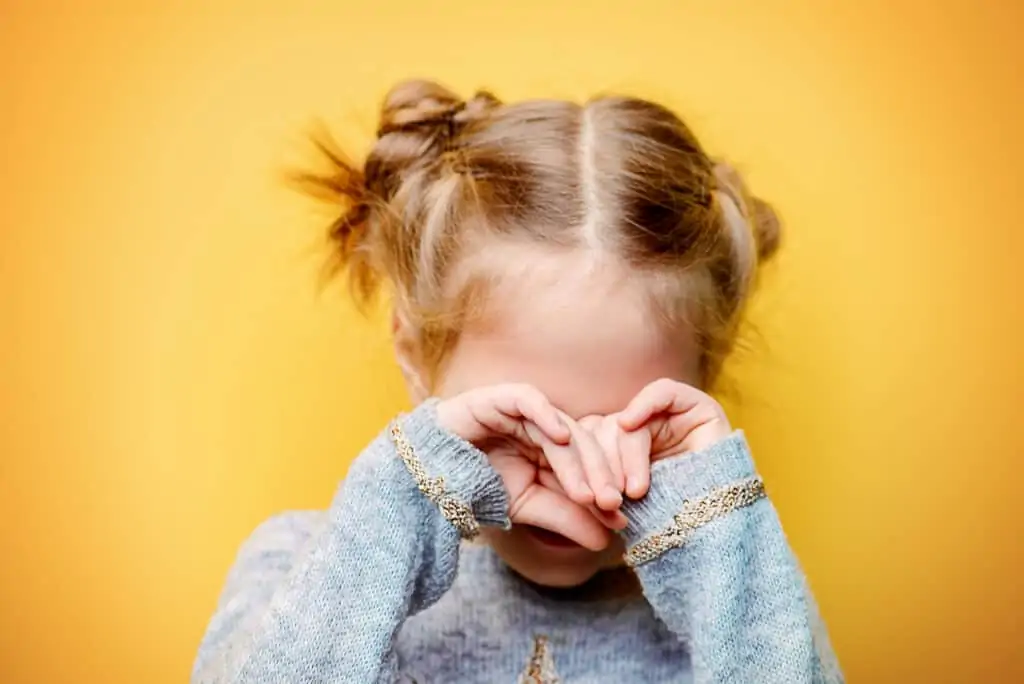
From Sweet To Whiny Child is 2 Seconds Flat
Lately, my nearly four-year-old daughter is hitting a new phase.
No, she’s no longer waking at night to tell me how her feet are itchy.
No, she’s not refusing to eat orange foods like last time.
No, she didn’t put a tic tac up her nose. Again.
This has to do with her expanding her vocal chords in a new, albeit frustrating way – in the form of whining.
She’s gone from saying complete sentences to stringing her words together in a nasally tone for things she wants or didn’t get.
This doesn’t just happen once a day or around bedtime when she’s tired.
Oh no, this is her new way of speaking all the time.
All.The.Time.
My easy-going and happy little girl has been body-snatched by someone who resembles her on the outside but speaks three octaves higher.
When she whines it’s nails on a chalkboard irritating.
I’m ready to pull out my hair or walk around with noise-cancelling headphones during her awake hours.
I’ve tried responding in non-reactive ways like,
- “I can’t hear you when you use a whiny voice,” or
- “I’d be happy to help you when you use your words” or even,
- “Do you want to try a different voice so my ears don’t bleed?” (which I can confidently say my sarcasm was lost on her)
Forget saying, “stop whining” because the last time I did that, she threw her shoes down on the floor with enough force for them to ricochet off the dog.
I’ve also tried to ignore the whining and not give into behavior, but even that’s not working.
In fact, my response or lack of response, generally adds fuel to the fire and that’s when her knees buckle and she rolls on the floor in hysterics in 1.2 seconds flat.
That’s when I went to my stack of trusted parenting books and turned to the professionals for help with whining.
Why Do Preschool Age Kids Enter This Phase of Whining?
Kids are pretty smart.
Whining is the perfect vocal pitch to make parents either lose their cool or give in, in order to make it stop.
Kids instinctually know the precise moment to change their tone and revert to whining for what they want, or don’t want, and parents will do almost anything to make it stop.
Amy McCready from Positive Parenting Solutions puts it like this:
“All humans are hard-wired with two basic emotional needs – attention and power. When kids aren’t getting as much positive attention as they need, they will seek it out. And to kids, negative attention is better than no attention at all. When they don’t get that attention, the whining and attention-seeking behavior will intensify into behaviors that seek power.”
In short, whining is a learned behavior to make parents pay attention.
I did research to help me nix the whiny behavior of my daughter and want to share the tricks from 8 other child behavior professionals. I hope you will gain insight and these surefire tips will work for you too if you’re dealing with a child who has taken up whining.
So pay attention parents, because these tips will help you tackle whining and get your kids back to using their normal voice again.
Resource: Emotion identification tools help kids identify, name, communicate their feelings and what’s going on under the surface.
8 Tips from the Pros: The Best Way to Stop Kids From Whining
Pre-Empt Whining By Filling Their Need for Attention – Dr. Laura Markham
Be pre-emptive. Make sure that your child gets enough of your positive attention, unprovoked. Pre-empt whining by giving attention BEFORE she gets demanding. Anyone who’s had to ask a romantic partner “Do you love me?” knows that attention given after you ask can never really fill the need. The secret is to take the initiative and give attention the child hasn’t asked for, often, so she feels your support and connection.
And of course it’s particularly important to connect when she shows the first sign of needing your emotional support, before that quick downhill slide. (No, you’re not rewarding “bad” behavior by giving her attention when she’s whining. If she were whining from hunger, would you think you were rewarding that by feeding her? It’s our job to meet kids’ needs so they have the internal resources to cope. Connection is a basic human need, and children can’t function well without it.)
Check Basic Needs & Seeing Whining as a Signal – Dr. Jessica Michaelson
Sometimes a child’s whining is going to be because he or she just can’t keep it together anymore and needs your help. Children tend to whine most between 2.5 and 4-years-old when they have the language to communicate their needs, but it takes A LOT of effort to hold down all the big feelings. So, when they’re tired, hungry, or overstimulated they may whine to let us know, “I can’t act big anymore, please take care of me like I was a baby.”
Expressing Feelings – Janet Lansbury
According to Janet Lansbury, whining and tantrums are a way for children to express their feelings and simply an opportunity for parents to acknowledge and accept these feelings, instead of reacting and correcting them.
There is no greater gift to our children and ourselves than complete acceptance of their negative feelings. (Notice I did not say “behaviors”.) By deleting from our parenting job description the responsibilities to ‘soothe’, ‘correct’ and ‘control’ our kids’ feelings and replacing them with ‘accept’, ‘acknowledge’ and ‘support’, both parent and child are rewarded and liberated.
Responding to Children Who Whine – WebMD
According to Bay Area pediatrician Laurel Schultz, whining is not a conscious strategy on the part of children, but a learned behavior — and parents often play a role. If a child asks for something in a polite way and the parent doesn’t respond the first time or two, the child will amp up the volume. A small child may holler or even throw a tantrum. But an older child, who has more self-control, is likely to whine.
To avoid whining, Schultz advises parents not to wait until children are in distress to acknowledge them. “It’s important to respond to that first bid for attention, if you can,” she says. “If you are on the phone or in the middle of a conversation, make eye contact with your child and put a finger up, so she knows you’ll be with her in a minute. Then give your child your attention as soon as you can politely do so.”
Connecting with a Whining Child – Hand in Hand Parenting
Whining indicates that your child needs an emotional outlet before he’ll be able to regain his sense that you are on his side. Laughter, crying, and tantrums are typical ways children release bad feelings.
A good laugh (but don’t force laughter by tickling), a good cry (without upset or punishment from you), or a good tantrum (without hurrying the child to finish) will cure that gnawing sense of helplessness or loneliness that causes whining.
Once your child regains a sense of connection with you or any other member of the family, he’ll be able to take charge again. Your energy will be well spent if you focus on rebuilding a connection with your child.
Don’t React When Your Child Whines – Positive Parenting Solutions
Stay calm and walk away – even our negative non-verbal reaction to whining can be a payoff. When your child uses her normal voice, be sure to respond right away, calmly and pleasantly. Giving in to demands – like one more television show or another scoop of ice cream – isn’t the only way we enable how our kids whine. Just responding, even if it’s to reprimand them, gives a child payoff.
Don’t Perpetuate the Problem – Parents Magazine
“If you can’t stand whining, your child will do it even more, simply because it gets a reaction,” agrees Jane Nelsen, Ed.D., coauthor of Positive Discipline for Preschoolers (Prima Publishing, 1998). Even scolding your child can reinforce the behavior. “Kids just want a response. When they don’t know how to get a positive response, they’ll go for a negative one,” Nelsen explains. And needless to say, giving in (“Okay, you can have one piece of candy, but promise you’ll eat your lunch?”) doesn’t work either. You’ll get a respite from the whining, but you’re still perpetuating the problem.
Fortunately, you can break this pattern — in a way that encourages your child’s development rather than punishes her. “When you stop getting frustrated by the whining, your child will stop too,” insists Nelsen.
Fill Their “Emotional Bank Account” – John Gottman
Each time you turn toward your child in this way, Gottman says you are making a deposit in their Emotional Bank Account.
No matter if the bid comes in the form of a sweet “mommy or daddy, let’s play” or a screaming tantrum, the message is exactly the same. “Notice me. Show me I matter.” By giving a positive, loving response to the bid no matter what form it comes in, we fill our child’s emotional bank account and build connection. A child with a full bank is less likely to make bids in negative ways.
Related Children’s Behavior Articles:
- How to Discipline Kids Without Yelling: 7 Tools to Help
- How to Use Time Outs and Correct Misbehavior Without Breaking Your Child’s Spirit
- Handling Toddler Tantrums: Big Emotions & Helping Your Toddler Feel Heard
- Parents: 5 Steps to Teach Kids How to Manage Big Emotions (Free Printable)
- Helping Kids with Transitions: Switching Gears without Tears
- How to Stay Calm When Your Child Misbehaves
Want even more?
Shop All Parenting Resources
Shop all of our parenting resources from self-regulation tools and managing big emotions to building self esteem and confidence. There are resources for all seasons of life!
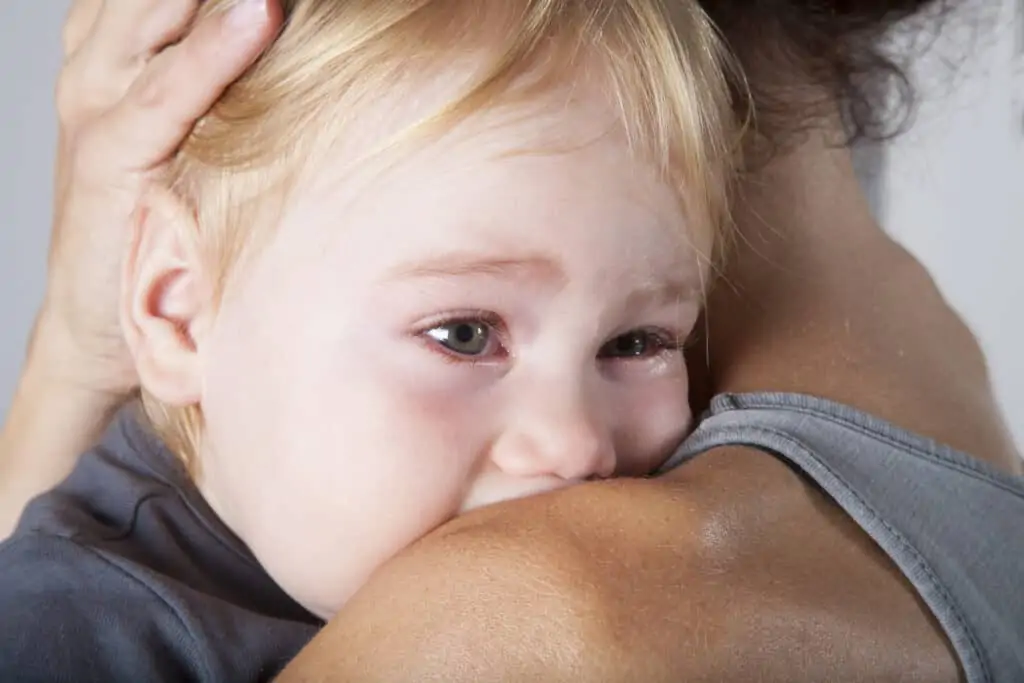
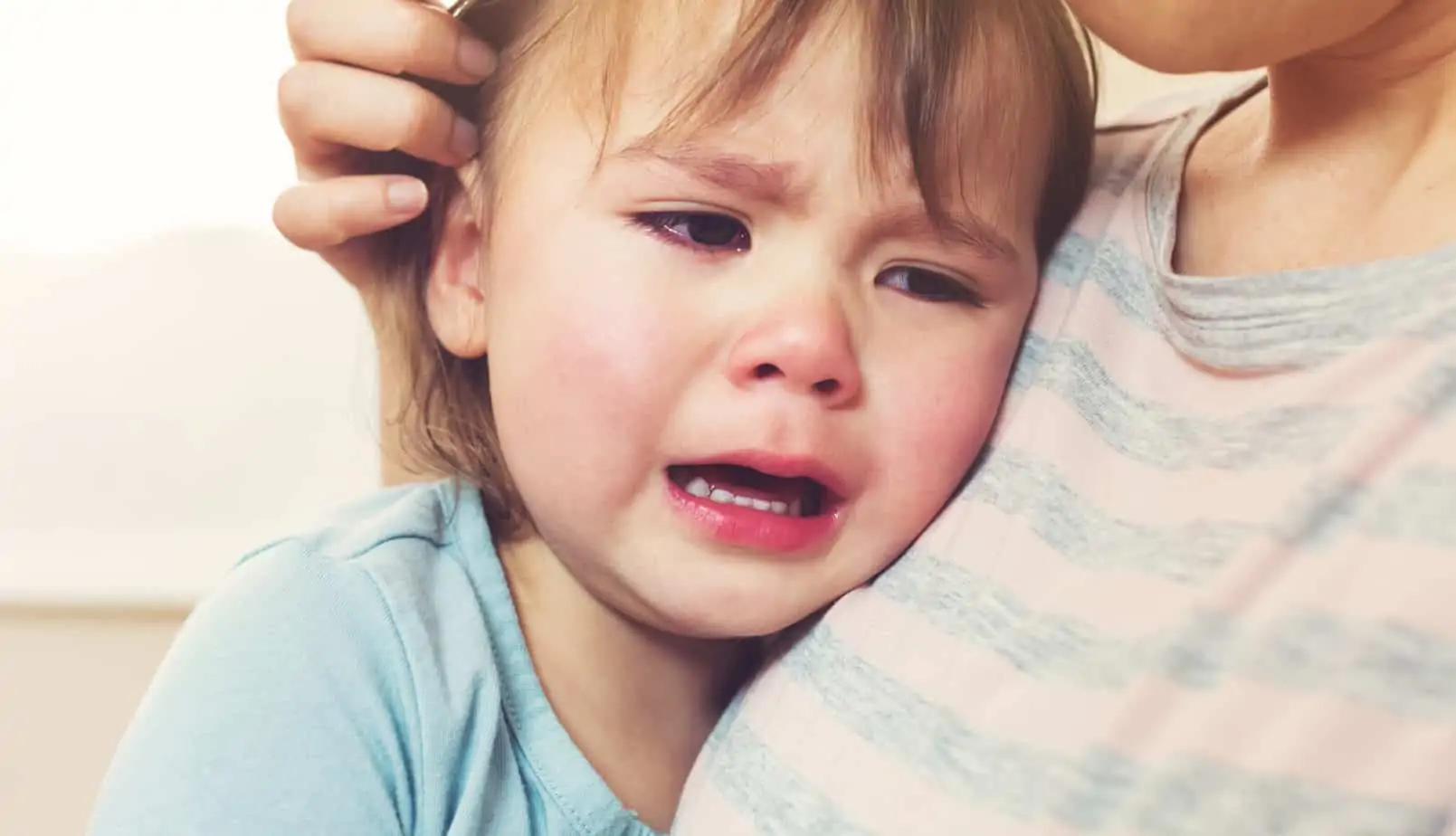


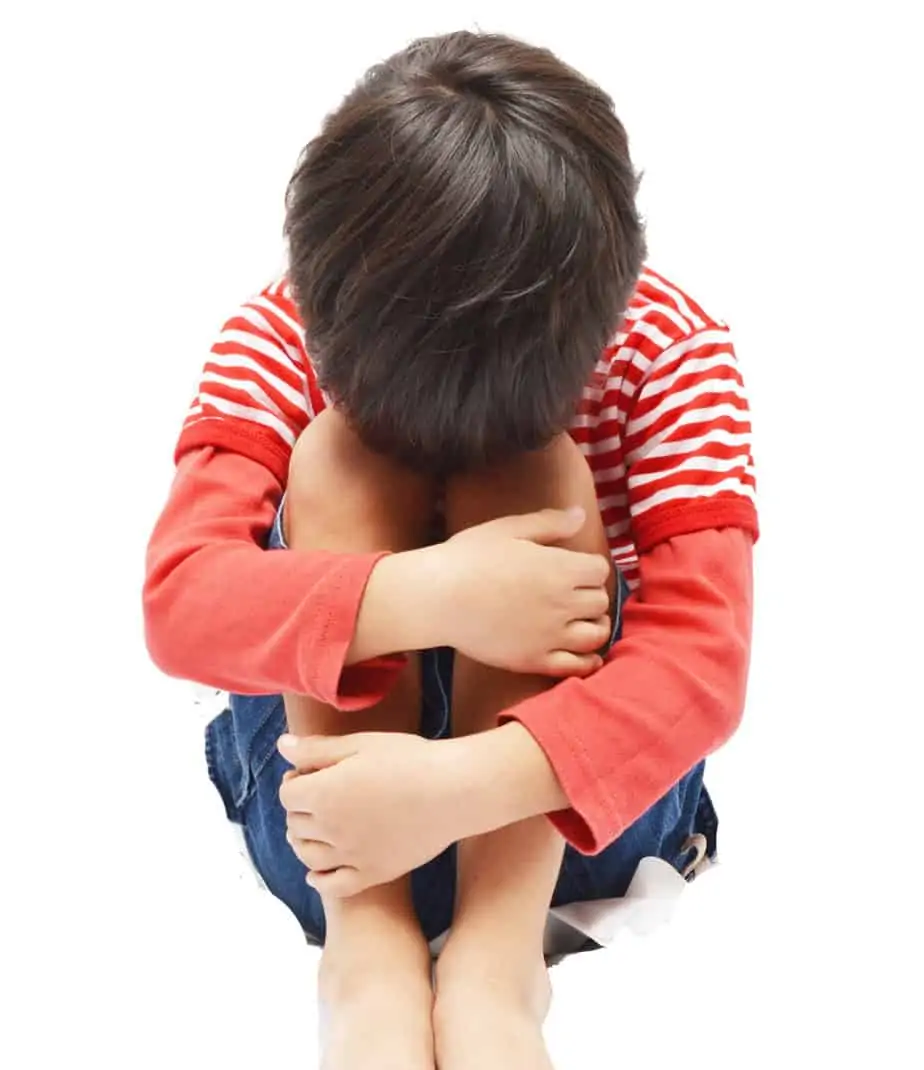

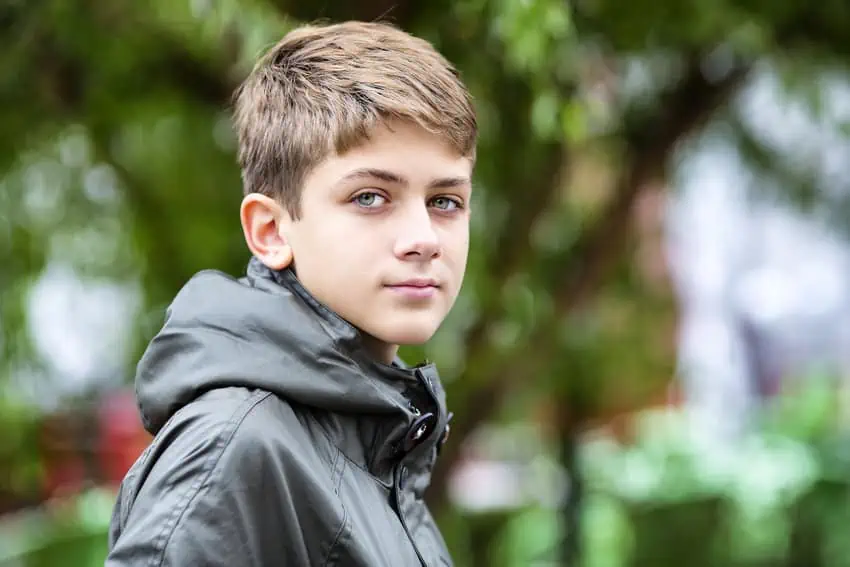

Hi Corrine!
What a great collection of quotes/advice from parenting experts. I’ll admit, my 5 year old would give your child a run for her money. I feel like she is constantly in the high-pitched whiny voice! The minute anything goes wrong, she falls apart.
Which is why I especially love the Janet Lansbury quote about accepting, acknowledging, and supporting our children’s negative emotions. That really is what they need!
Love your site, btw. (Been silently stalking it for a while 😊)
xo
Erin
Hi Erin, I love that quote too! My trusted collection of parenting experts never lets me down. 🙂 Thanks for the compliment on the site too, it’s a labor of love.
Hi Corinne,
I stumbled upon this article today and REALLY love the advice. My 2.5-year-old has flipped a switch overnight it seems and lost the ability to use her words. She’s also started randomly crying immediately if she doesn’t have something that she wants.
This was a great reminder on pre-emptive attention, especially since we’re apart for so much of the day. It gave me some strategies beyond “use your words,” which has been my favorite phrase this week!
This is so my 4-year-old the past few weeks. I feel like a broken record saying, stop the whining, yet I haven’t noticed it getting better.